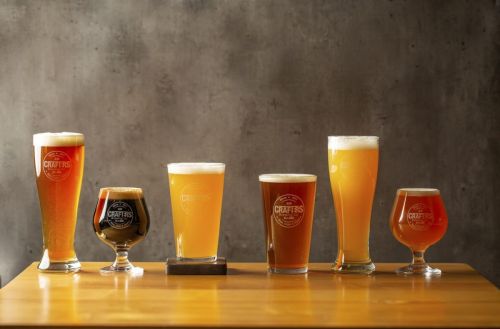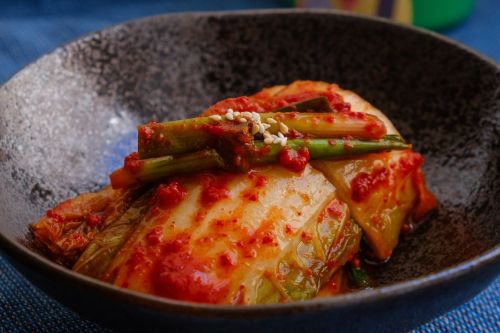Coffee is one of the staple foods and one of the most important commercial commodities in the world. Green, unroasted coffee is the most widely traded agricultural commodity, and the largest producers are Brazil, Vietnam, Colombia, and Indonesia. A morning cup of coffee is an integral part of the day for a huge number of people around the world. Studies have shown that, when drunk in moderate quantities, it has positive effects on the human body and medicinal properties. It certainly promotes the development and consolidation of interpersonal relations.
The beans derived from the coffee fruit, which are previously subjected to a process of roasting and later grinding, produce a beverage called coffee.
Some species are cultivated.
Coffee species that count in the world production market are:
A second likely etymology of the word “coffee” is the name of the Ethiopian city of Kaffa (now Kefa), a well-known coffee-growing region. Into most European languages the word “coffee” penetrated from the Turkish “kahve,” from which in turn the Italian coffee was formed.
Coffee was likely discovered by the Oromo people living in Ethiopia’s Kaffa region, harvesting it from natural sites.
At first, it was cooked with butter and salt and consumed in this form.
In the 13th or 14th century, coffee beans were brought by Arab traders to Yemen, where it is likely that a method was developed to roast the seeds and make a beverage from them, which the Bedouins spread throughout Arabia.
At first, coffee was received with distrust, even its consumption was forbidden (in Mecca in 1511, and in Cairo in 1532).
However, the popularity of the beverage was so great that these bans were lifted.
In the 16th century, the Ottoman Empire, as a trade intermediary, became a coffee power.
His records show that coffee may have reached Europe as early as the 16th century thanks to imports by two East India companies: the British and the Dutch.
The first café in Paris was established in 1671, and by that time there were more than 3000 cafes in England.
Vienna boasted the first café thanks to a Pole, Franciszek Kulczycki, who opened a cafehaus there after the relief of Vienna in 1683.
Recently, however, it has been said that Kulczycki was not the first café owner in the Austrian capital, reportedly the Armenian Johannes Diodato.
By the end of the 19th century, Vienna had 1200 cafes.
It is called Café Tomaselli and is the oldest café still in existence in Western Europe.
It was frequented by Wolfgang Amadeus Mozart, Michael Haydn, Hugo von Hofmannsthal (writer and poet), and Max Reinhardt (theater director and actor).
As a product of the Arab world, it was seen as the work of Satan.
In the 17th century, coffee was even addressed by the then Pope Clement VIII, with whose permission the product entered the Christian community.
The Netherlands established coffee plantations in Ceylon in 1658, later expanding cultivation to Java and from there to the entire Sunda Archipelago.
The first French plantations were established in Martinique, and also in French Guiana.
The Portuguese stole coffee seedlings from Guyana and established plantations in Brazil, making coffee available to the masses, not just the elite, by 1800.
Throughout the 19th century and the first decades of the 20th century, Brazil remained a major coffee producer, in fact, a monopoly.
Only in the following years did serious coffee producers become Colombia, Guatemala, and Indonesia.
Seeds of the best quality are selected for cultivation–they come from trees between 8-15 years old. Seeds are sown as soon as possible after harvesting, up to 6 months. They begin to germinate about 40 days after sowing, and after 6 months the seedlings are transplanted from the nursery to the plantation. The coffee tree generally bears fruit for the first time after 3-4 years.
The harvested fruits are cleaned and processed.
One is the wet method, in which the coffee fruit goes into a water-mill-like machine. There they are stripped of their skin and pulp, and then the hulled seeds are cleaned with a special grater. They later go to a fermentation tank, where they are soaked for about a day, after which they undergo drying.
The second method does not require water–the dry method, in which the seeds immediately go to heavily sunlit tables and dry on them for about a month. After this time, the seeds are cleaned in a dry mill.
Using machines with a slow flow of hot water under pressure, you can get espresso, latte macchiato, flat white, cappuccino, mocha, cafe latte, or espresso macchiato.
Without using increased pressure during brewing, you get filtered pour-over coffee.
You can also use instant coffee or so-called Turkish coffee (unfiltered).
This procedure helped prolong the freshness of the coffee and was the driving force behind subsequent discoveries, for in 1901 Japanese chemist Satori Kato patented an innovative way to produce instant coffee (current reports say that it was David Strang in 1890 in New Zealand who first came up with the idea of producing instant coffee using hot air).
However, he could not sell it, only done by Desiderio Pavoni, who refined Bezzera’s invention and marketed it.
He presented it at a trade fair in Milan in 1906.
The initial name “Cappuccino” was associated with the light brown color of the coffee, which was similar to the shade of the Capuchin brother’s robes.
In Austria, however, it is said that it was the Italians who came up with the name “Cappuccino” and other countries simply adapted it for their market.
In 2013, a kilogram of this coffee cost between $200 and $400. This is because the annual world harvest of this coffee species is only 300-400 kilos.
The species is native to Southeast Asia (Sumatra, Java, Celebes, Philippines, Vietnam) and is made from coffee beans that are extracted from the feces of an animal from the weasel family, the palm weasel (Paradoxurus hermaphroditus), popularly known as civet, and locally as Luwak.
The weasel eagerly eats coffee fruit but does not digest its seeds, only the pulp. After being digested by digestive enzymes and slightly fermented by lactic acid-producing bacteria, the beans pass through the tickler’s digestive tract and are excreted.
The animals select the best fruits, passing through the digestive tract the beans lose their bitter taste, and the coffee produced from them has a mild aroma.










